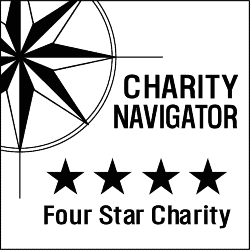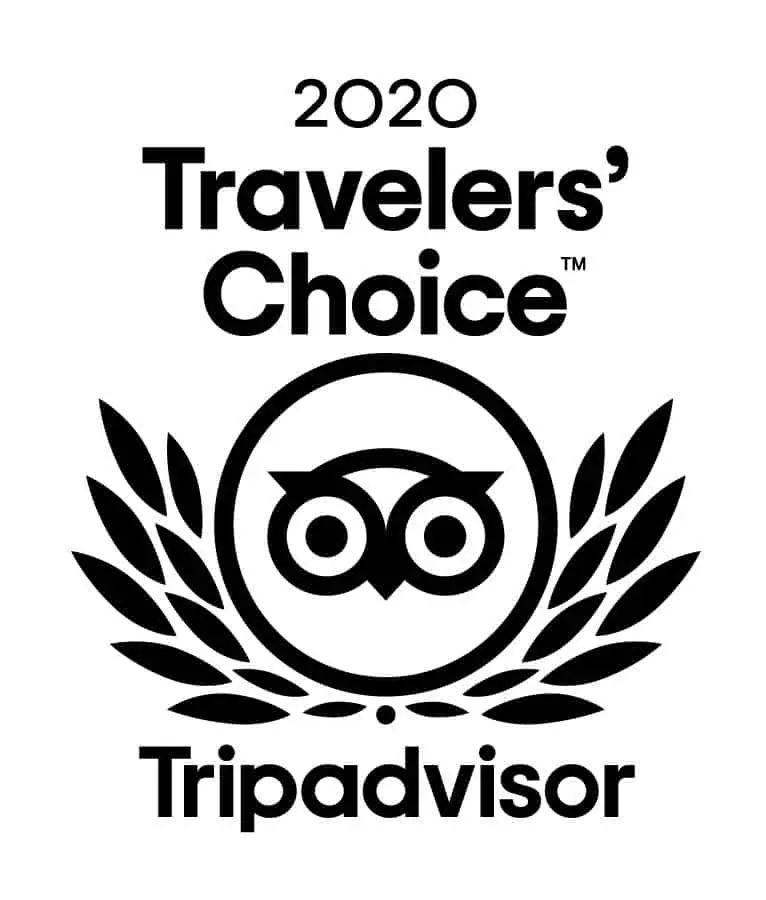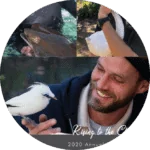About


History of the Zoo
In the spring of 1961, Robert E. Maytag, grandson of the founder of the Maytag appliance company, called a small group of friends together at his home to discuss the idea of building a zoo in the city of Phoenix. The idea soon took off as Maytag and his “dedicated bunch of amateurs” proceeded to garner support from other Valley leaders. The Arizona Zoological Society held its first meeting on April 27, 1961.
Robert Maytag’s unexpected death from pneumonia in March of 1962 at age 38 was nearly the death knell for the zoo. Even the staunchest zoo backers reeled under the blow. Then Nancy Maytag stepped forward, declaring the zoo would be completed on schedule as a memorial to Bob. It was the call to action the community needed. Individuals, families, clubs and companies all came forward with help, giving wherever it was most needed.
“Build the Zoo in ’62!” began gracing buses, delivery trucks, moving vans, shopping carts, grocery bags and vacant buildings. Family memberships were sold for $5.00 a year. Every news reporter, station manager, and radio announcer was hit up for a promotional spot. Social clubs, professional societies, auxiliaries, school groups, unions, sororities and fraternities all felt the pinch.
Finally, on November 21, 1962, Nancy Maytag cut the ribbon before a crowd of thousands, officially opening the Maytag Zoo, named in her husband’s honor.
With the name changed to the Phoenix Zoo in 1963 to encourage community involvement, the early years of the zoo continued to be a financial struggle. Building the zoo was one thing; keeping it going was another. After Nancy Maytag’s resignation from the Arizona Zoological Society, Earl L. Bimson, a banker, stepped forward to provide the zoo with the strong leadership and stability it needed for the next 13 years. Often credited with saving the Phoenix Zoo during its early years of financial struggles, Earl Bimson successfully negotiated with creditors to restructure or forgive debts. Due to his efforts, the zoo was in the black by 1965.
Other early supporters of the zoo included Eugene and Nina Pulliam, owners of Central Newspapers, Inc., including The Arizona Republic and The Phoenix Gazette. Believing the young zoo needed great leadership to grow and thrive, the Pulliams paid the salary of the zoo’s director for five years as “an “anonymous friend of the zoo”. Under the leadership of Eugene Pulliam, the state news media continued to follow the story of the Phoenix Zoo closely, keeping up public interest and noting with pride every zoo birth and every improvement at the facility.
Most gratifying of all, the community itself supported the zoo. From the steady donations of money, goods, services, and labor there was only one conclusion to draw: Robert Maytag’s original premise was true – that the people of Arizona wanted a world class zoo.
Educational programming has also continued to grow in scope and reputation, beginning with the arts and crafts-based Summer Institute for Children in 1965, to today’s math and science-based ZooLab and Distance Learning programs offered through several Arizona school districts.
Born of a spirit of community and the efforts of small group of dedicated volunteers, and carefully nurtured through the support of millions, the Phoenix Zoo has enjoyed a truly remarkable first 50+ years. With your continued support, our next 50 years will inspire millions more, connecting them with the natural world in new and fascinating ways.
Our Mission
Arizona Center for Nature Conservation advances the stewardship and conservation of animals and their habitats while providing experiences that inspire people and motivate them to care for the natural world.
Our vision
I am a leader in improving people’s lives through interaction with nature, excelling in conservation, education, exhibition and recreation.
core values
Our core values reflect the behaviors and attitudes that lead our interactions and decisions — helping us to achieve our mission. By following these core values we develop and foster positive relationships within our community, which will ensure the Arizona Center for Nature Conservation’s long-term success.
We encourage a spirit of cooperation and teamwork by working together to build supportive relationships to meet our common goals.
We demonstrate compassion and service for each other and our guests, and ensure the highest standards of care for our animals.
We demonstrate integrity, fairness and professional standards, and are committed to managing and operating the organization as a credible, successful and self-sustaining enterprise.
We assess situations independently and look for solutions with a willingness to take appropriate action.
We are engaged in our work, bringing energy, enthusiasm and a desire to create enjoyable experiences for all.
The Arizona Center for Nature Conservation
The Arizona Center for Nature Conservation does business as (dba) The Phoenix Zoo.
Non-Profit Tax ID # 86-0174843 The Phoenix Zoo is one of the largest private non-profit 501(c)(3) organizations in the country. We rely on admissions, concessions, memberships, special event and philanthropic donations for our daily operations.
Board of Trustees
Larry Fink, Board Chair
JoEllen Doornbos, Board Chair-Elect
Julie Gable, Chair Strategic Outcomes
David Kohne, Chair Governance and Nominating
Gabrielle Vitale, Chair Finance and Audit and Treasurer
Kris Yamano, Secretary
Linda Hayes, Exec Committee Member-at-large
Cynthia Aguilar
Jennifer Axel
Brian Baehr
Marty Barrett
Yvonne A. Betts, Trustee Emeritus
Jean C. Bingham
Michael Blaire
Richard B. Burnham
Avery Crossman
Doreen Feldberg
Stephen Fisher, DVM, Trustee Emeritus
Carla Gartrell, DVM
Kristin Hartman
Steve Higgins, Trustee Emeritus
Mike Hoover
Jim Maetzold
Rob Mawk
Dawn Meidinger
Stephen M. Ochoa
Harry Papp, Trustee Emeritus
Phil Petersen, Trustee Emeritus
Jim Pratt
Susie Sherman, DVM
Michael Tucker
Maja Wessels, Trustee Emeritus
Desmond Wilson
Norberto J. (Bert) Castro | President/CEO
Ruth Allard, Senior Vice President of Conservation & Education
Lorraine Frias, Senior Vice President of Institutional Advancement
Linda Hardwick, Vice President of Marketing, Communications & Events
Dave Loncala, Vice President of Finance & Accounting
Christine Lowery-Nunez, Chief Administrative Officer
Bonnie Mendoza, Chief Operating Officer/Chief Financial Officer
Dr. Gary West, DVM, Senior Vice President of Animal Health and Living Collections
Joe Wilkes, Senior Vice President of Facilities and Construction
annual reports
The Phoenix Zoo is the only zoo in the Valley accredited by Association of Zoos and Aquariums and is a non-profit zoological park, serving nearly 1.4 million guests annually.
Home to more than 3,000 animals, many of which are endangered or threatened species, the Zoo is also committed to supporting wildlife and habitat conservation in the region and across the globe. The wildlife recovery and research programs based at the Zoo are focused on boosting wild populations of 10 imperiled Arizona native species.
The Zoo engages in field research, working with universities, other conservation organizations and private land managers to better understand wildlife in Arizona, Mexico, Costa Rica, Colombia and beyond.











